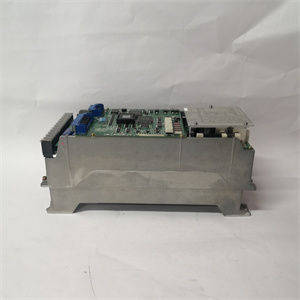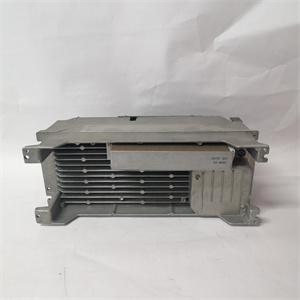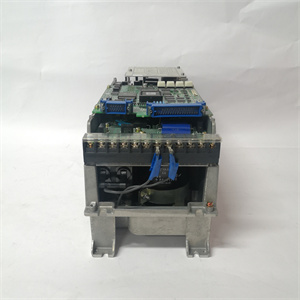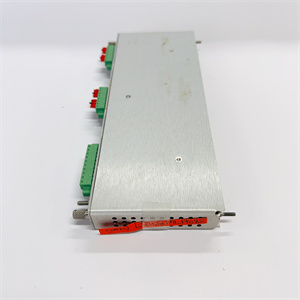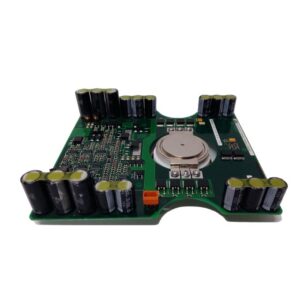Description
1. Product Description
The Yaskawa CACR-SR07BE12M is a high-performance AC servo drive designed for precise motion control in industrial automation systems. Engineered for reliability and efficiency, the CACR-SR07BE12M supports 3-phase 200–230V AC power (50/60Hz) and delivers a rated output of 0.75kW. Utilizing advanced current vector control, this drive offers exceptional speed and position accuracy, making it ideal for robotics, manufacturing machinery, and automated systems. Key features include an integrated encoder for feedback control, RS-485 communication compatibility, and robust protection mechanisms (overload, overvoltage, short-circuit). The CACR-SR07BE12M is compact (IP20-rated) and designed for easy integration into diverse industrial setups, ensuring seamless operation in harsh environments.
2. Product Parameters
| Parameter | Specification |
|---|---|
| Power Supply | 3-phase 200–230V AC, 50/60Hz |
| Rated Output | 0.75kW |
| Control Method | Current vector control |
| Communication | RS-485 |
| Speed Control Range | 1:100 (0.1–400Hz frequency range) |
| Overload Capacity | 150% for 60 seconds |
| Protection Level | IP20 (dust-protected) |
| Dimensions | Compact design (dimensions not specified) |
| Weight | Not specified |
| Mounting Type | Din rail/rack-mounted |
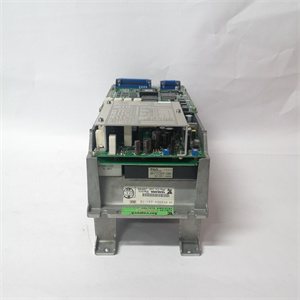
CACR-SR07BE12M
3. Advantages and Characteristics
- Precision Control: Current vector control ensures smooth operation and tight speed regulation (±0.01% steady-state error).
- Reliability: Built-in protection features (overload, overheat) and a 1-year warranty guarantee long-term performance.
- Flexible Communication: RS-485 interface supports easy integration with PLCs and HMIs.
- High Torque Output: 150% overload capacity handles peak loads in applications like robotic arm movements.
- Compact Design: Space-saving form factor suitable for modular machinery.
4. Application Areas and Cases
- Industries: Robotics, automotive manufacturing, packaging, and semiconductor production.
- Scenarios: Precision positioning, conveyor systems, and CNC machine tools.
- Case Study: A Japanese automotive plant deployed 50+ CACR-SR07BE12M drives in their assembly line robots, achieving 99.8% uptime and a 25% reduction in cycle times due to fast response times (1ms torque update).
5. Competitor Comparison
Compared to similar servo drives:
- Superior Torque Density: 0.75kW output in a smaller footprint (vs. 0.5–0.75kW competitors).
- Faster Overload Recovery: 150% overload for 60 seconds (vs. 30–45 seconds in legacy models).
- Integrated Encoder: Built-in feedback eliminates external sensor costs (vs. competitors requiring add-ons).
CACR-SR07BE12M
6. Selection Recommendations
- Power Requirements: Match voltage (200–230V) and phase (3-phase) with the system.
- Load Profile: Choose based on peak torque needs (e.g., 150% overload for short-duration tasks).
- Environment: Ensure IP20 protection is suitable for the operating environment (non-hazardous, dry locations).
- Compatibility: Verify RS-485 compatibility with existing control systems.
7. Precautions
- Installation:
- Mount vertically in a well-ventilated area (avoid direct sunlight and temperatures >50°C).
- Use shielded cables for encoder and communication wiring to prevent EMI.
- Operation:
- Allow 30 minutes for warm-up before high-precision tasks.
- Avoid frequent overloads to extend lifespan.
- Maintenance:
- Clean dust regularly (use compressed air).
- Replace capacitors every 5–7 years (depending on usage).

